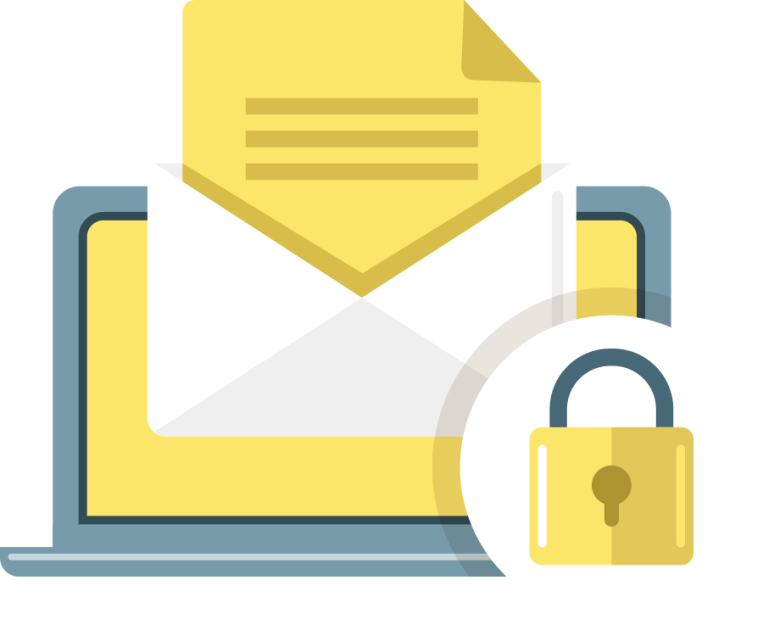
Email authentication can be a complex and technical topic. Here’s our list of most commonly asked questions about DMARC as it relates to your email security protocol.
What is DMARC?
DMARC (Domain-based Message Authentication, Reporting, and Conformance) is an email authentication protocol that helps protect email senders and recipients from spam, phishing, and other malicious activities. It works by allowing domain owners to specify how unauthenticated emails should be handled.
How does DMARC work?
DMARC builds on the widely used SPF (Sender Policy Framework) and DKIM (DomainKeys Identified Mail) protocols. It enables domain owners to publish policies in DNS records indicating whether their emails are protected by SPF and DKIM and how receiving mail servers should handle messages that fail these checks.
Why is DMARC important?
DMARC is crucial for securing your email ecosystem, preventing email spoofing, and protecting both your brand and your customers from phishing and other forms of email fraud.
How long does it take for DMARC to propagate?
Once you publish a DMARC record in the DNS, it typically propagates within 24 to 48 hours. However, the exact time can vary depending on your DNS provider and their caching policies.
Can you have multiple DMARC records?
No, each domain should have only one DMARC record. Having multiple DMARC records can cause conflicts and result in unexpected behavior. Ensure that you consolidate your policies into a single record for effective DMARC function.
What are the different policy modes in DMARC?
There are three DMARC policy modes:
- none: Monitors your email traffic without impacting deliverability.
- quarantine: Flags unauthenticated emails, typically moving them to a spam or junk folder.
- reject: Prevents unauthenticated emails from being delivered at all.
How do I know if DMARC is working?
You can monitor DMARC reports, which provide insights into email traffic, policy configurations, and detected authentication failures. These reports help diagnose issues and fine-tune your DMARC policy.
What is a DMARC aggregate report?
An aggregate report is an XML document that gives a summary of your email authentication results. It is sent by receiving mail servers to the specified email address in your DMARC record and can provide insights into how your domains are being used and whether unauthorized sources are sending emails on your behalf.
What happens if an email fails DMARC?
If an email fails DMARC and your policy is set to ‘quarantine’ or ‘reject,’ the receiving server will either place the email in the recipient’s spam folder (quarantine) or block the email entirely (reject). The ‘none’ policy results in no action being taken aside from reporting.
How often should I review my DMARC policy?
Regularly review and adjust your DMARC policy based on the feedback and reports you receive. It’s a good practice to start with a ‘none’ policy, analyze the reports, and gradually move to ‘quarantine’ or ‘reject’ as you gain confidence in your email authentication.
Do I need technical expertise to set up DMARC?
While setting up DMARC does require some technical knowledge, many companies provide tools and professional services that simplify the implementation process. It’s often helpful to work with your IT team or a specialized consultant to ensure a smooth setup.
Need Help With Your DMARC Setup?
Learn more about 101domain’s Managed DMARC Services and let us do the heavy lifting for you. We handle policy setup, monitoring, and reporting so you can rest easy knowing your emails are secure.
